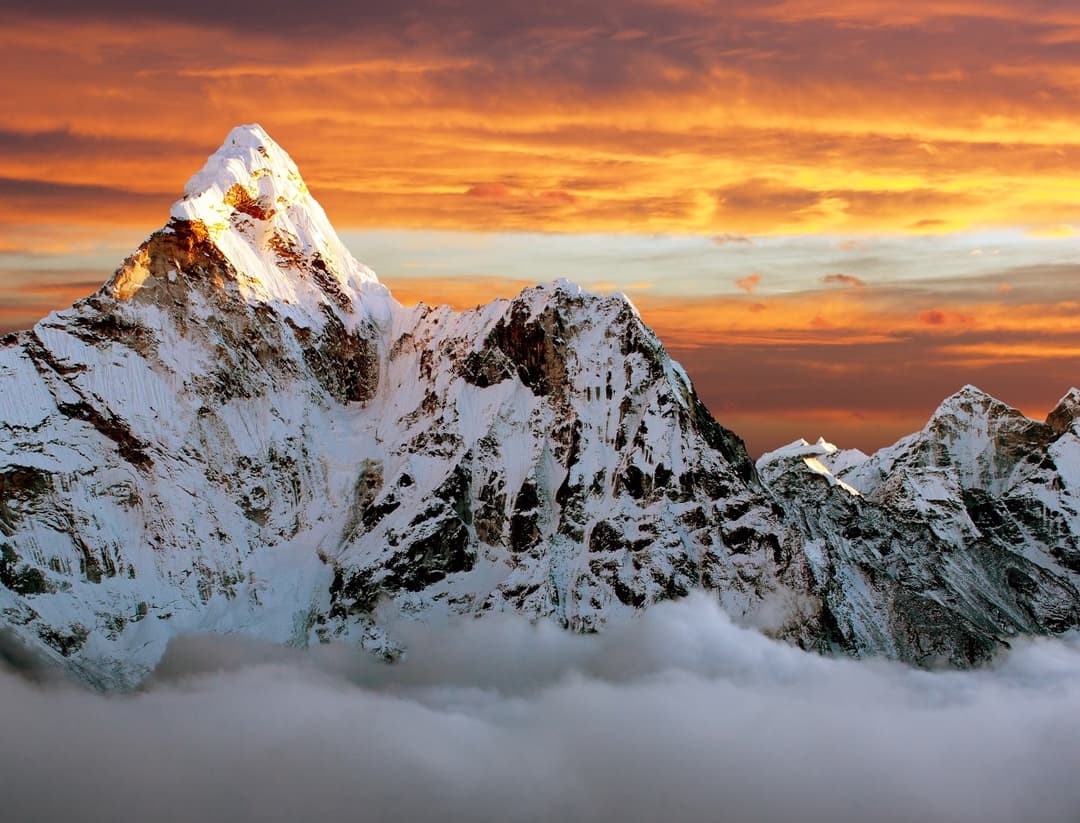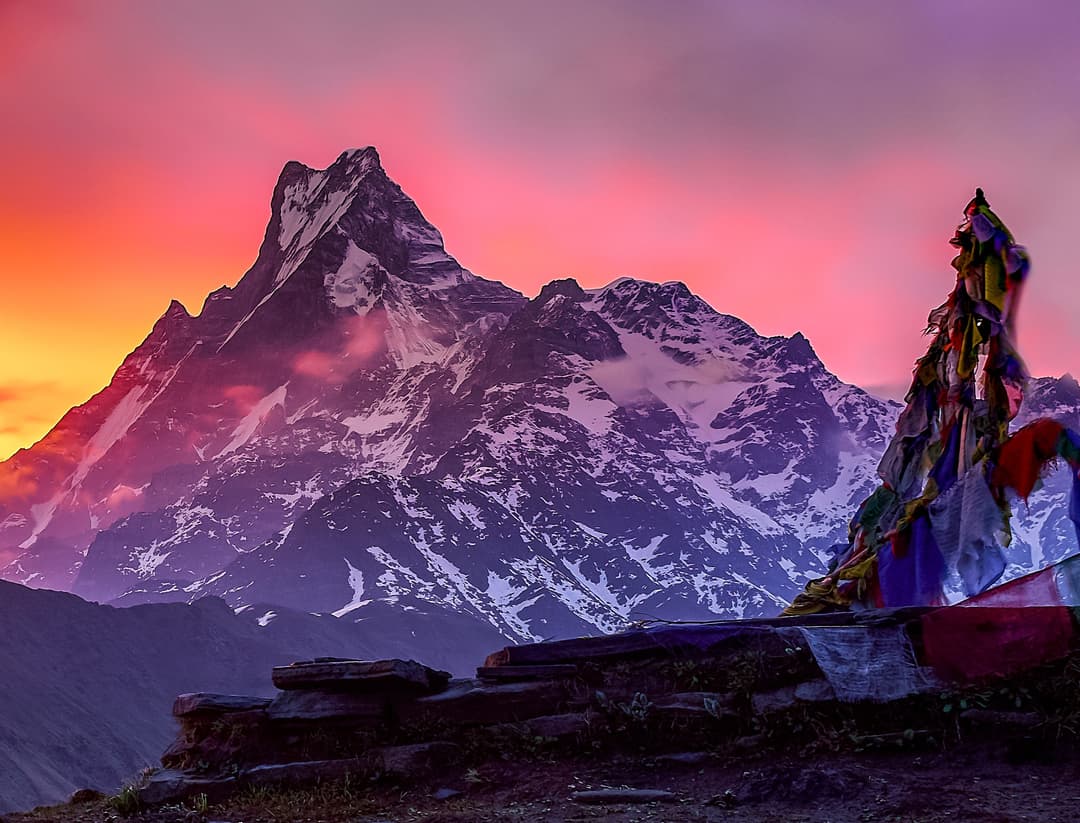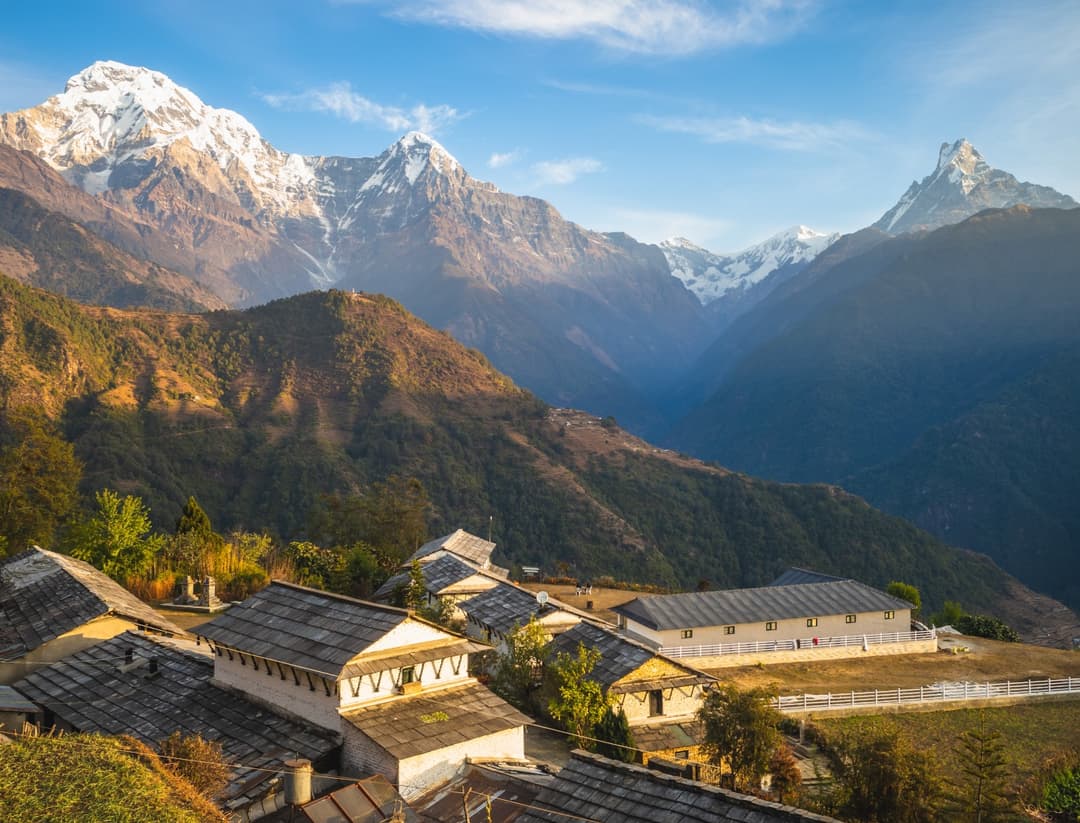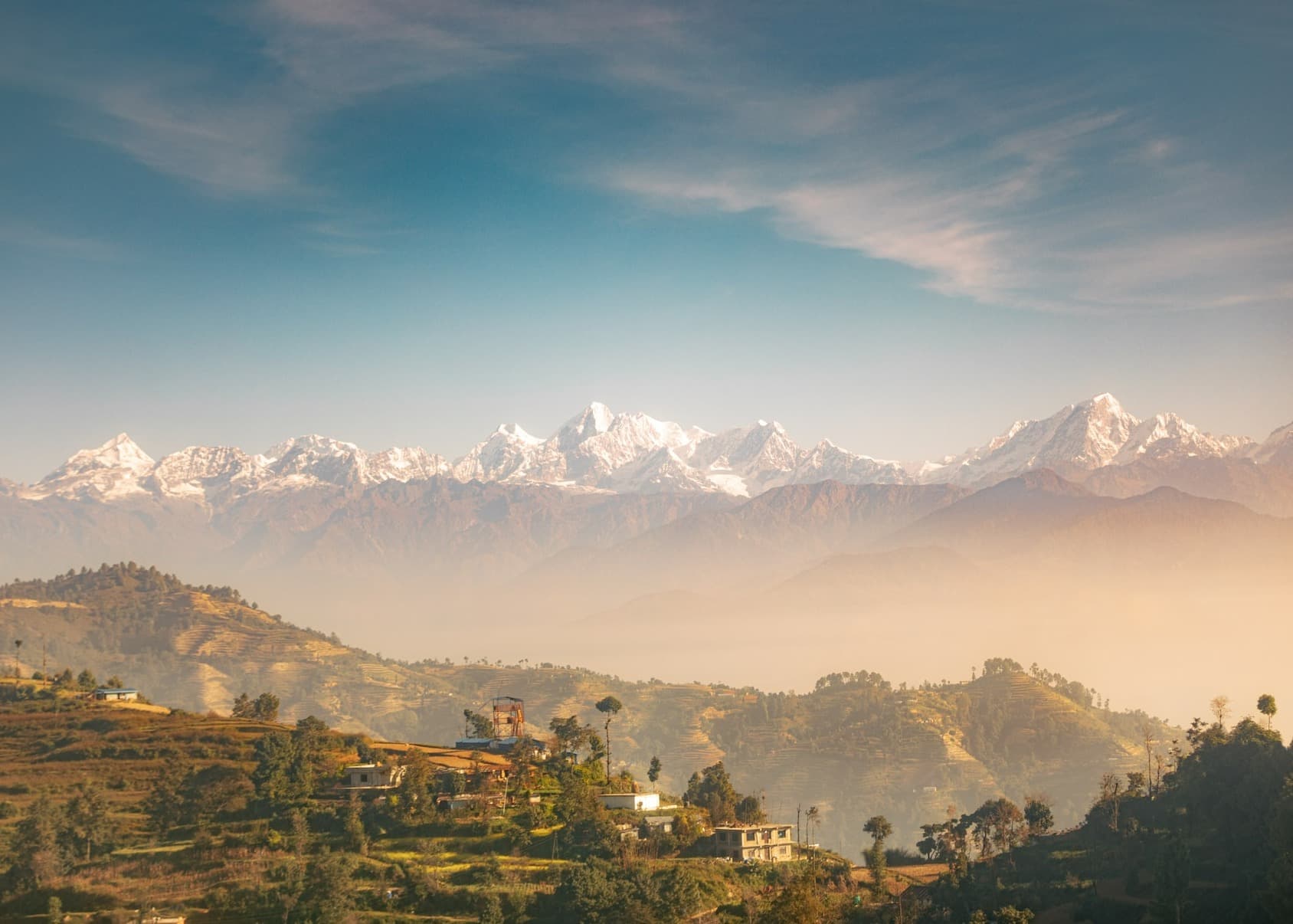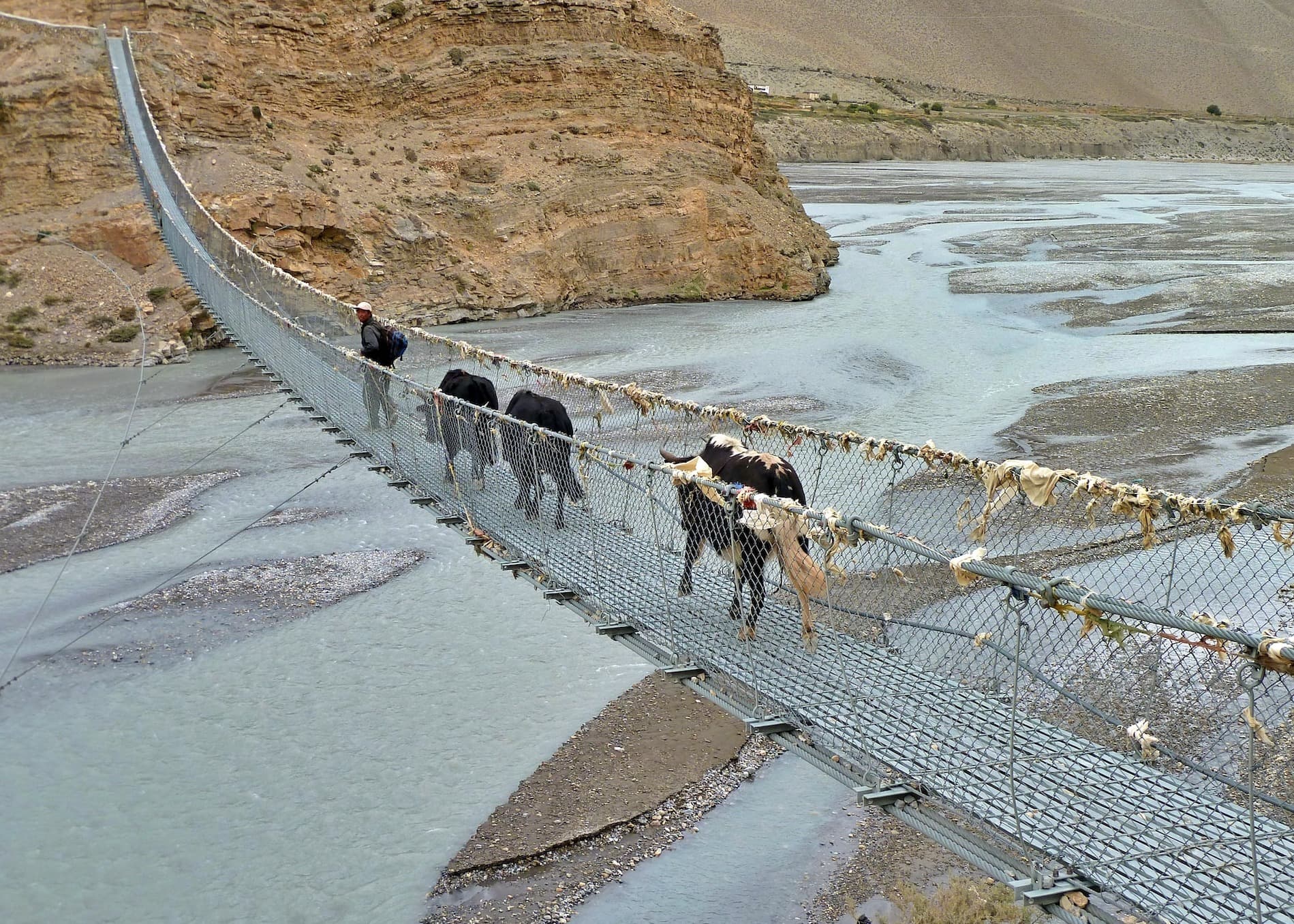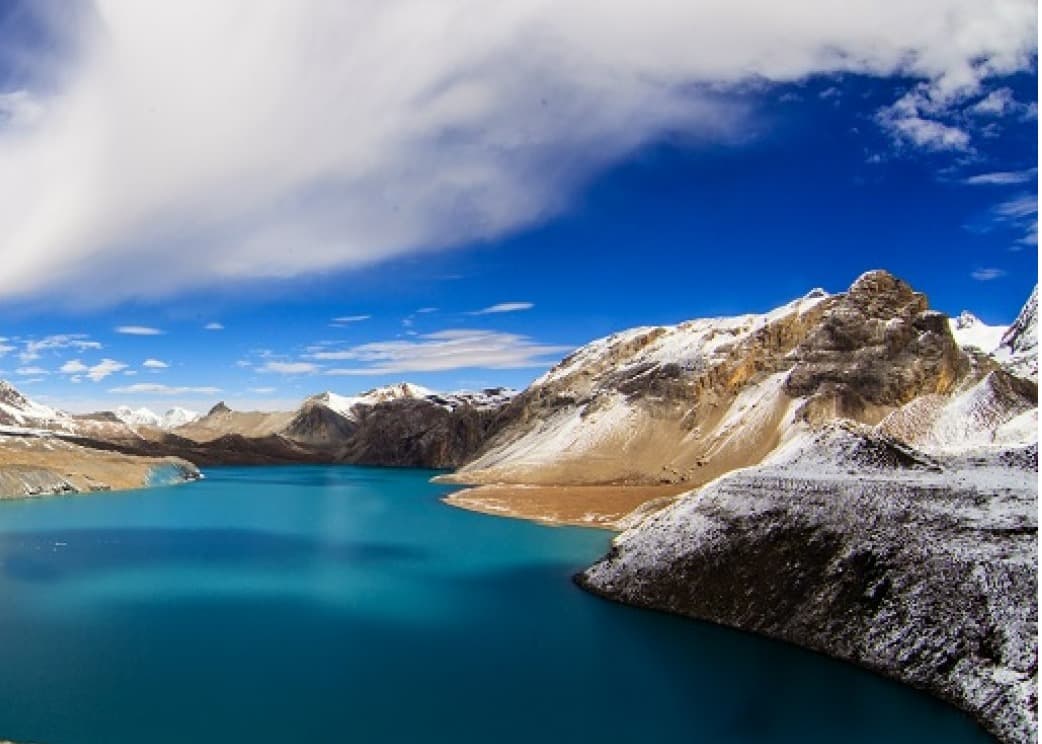Nestled in the western region of Nepal, Bardiya National Park stands as a testament to the country's diverse and breathtaking natural beauty. With its lush forests, pristine rivers, and abundant wildlife, Bardiya National Park offers an unparalleled experience for nature enthusiasts and adventurers alike. In this comprehensive guide, we invite you to discover the wonders of this hidden gem and embark on an unforgettable journey through the wilderness.
Unveiling Bardiya National Park
Located in the Terai region, Bardiya National Park spans an area of approximately 968 square kilometers, making it the largest and most undisturbed wilderness area in Nepal. Established in 1988, the park was initially created to protect the endangered Bengal tiger and its habitat. However, it has evolved into a sanctuary for a myriad of species, providing a safe haven for flora and fauna alike.
Wildlife Safari: A Glimpse into Nature's Kingdom
One of the main attractions of Bardiya National Park is its incredible wildlife diversity. The park is home to over 53 species of mammals, including the majestic Bengal tiger, the elusive one-horned rhinoceros, wild elephants, and the endangered Gangetic dolphin. With such a rich assortment of wildlife, embarking on a wildlife safari is a must-do activity for visitors.
Experiencing the Thrill of Jungle Walks
For those seeking a more intimate encounter with nature, jungle walks offer an exhilarating opportunity to explore the park on foot. Accompanied by experienced guides, you can venture deep into the heart of the jungle, observing its inhabitants up close while learning about their behavior and habitat. The thrill of encountering a rhinoceros or a herd of elephants while on a jungle walk is an experience that will stay with you forever.
River Rafting: Riding the Rapids of Adventure
Bardiya National Park is traversed by the Karnali River, Nepal's longest river and a hotspot for adventure seekers. Embarking on a river rafting expedition allows you to witness the park's stunning landscapes from a different perspective. As you navigate through the rapids, surrounded by lush greenery and breathtaking scenery, you'll feel a rush of adrenaline like never before.
Cultural Exploration: Unveiling Nepal's Heritage
Beyond its natural wonders, Bardiya National Park also offers a glimpse into Nepal's rich cultural heritage. The Tharu people, an indigenous community residing in the park's vicinity, have a unique and vibrant culture that is worth exploring. From traditional dances to intricately crafted handicrafts, immersing yourself in the Tharu way of life will leave you with a deeper appreciation for Nepal's cultural diversity.
Tharu Homestays: A Cultural Immersion
To truly experience the Tharu culture, consider staying in one of the local homestays. These accommodations provide an authentic insight into the daily lives of the Tharu people, allowing you to participate in traditional activities, savor local delicacies, and forge meaningful connections with the community. It's a chance to break away from the ordinary and embrace a different way of life.
Tharu Museum: Unraveling the Past
For history enthusiasts, a visit to the Tharu Museum is a must. This small yet fascinating museum showcases artifacts, photographs, and displays that shed light on the Tharu people's history, traditions, and customs. It's a journey through time, providing valuable insights into the cultural heritage of the region.
Endangered Animals found in Bardiya National Park
Some of the endangered animal you may encounter during your visit to bardiya national park if your are lucky enough are:
Bengal Tiger (Panthera tigris tigris): The park is home to a significant population of Bengal tigers, which are listed as endangered on the IUCN Red List. Bardiya National Park provides a vital protected area for these majestic big cats.
Gangetic Dolphin (Platanista gangetica): The Gangetic dolphin, also known as the Ganges River dolphin, is a critically endangered freshwater dolphin species. Bardiya National Park is one of the few places in Nepal where these dolphins can still be found.
Indian Rhinoceros (Rhinoceros unicornis): The Indian rhinoceros, also called the greater one-horned rhinoceros, is listed as vulnerable on the IUCN Red List. Bardiya National Park is home to a small population of these magnificent creatures.
Gharial (Gavialis gangeticus): The gharial is a critically endangered crocodilian species known for its long, thin snout. Bardiya National Park provides a protected habitat for these unique reptiles, which are threatened by habitat loss and hunting.
Conservation Efforts: Protecting Nature's Treasures
Bardiya National Park plays a vital role in the conservation of Nepal's natural treasures. The park's dedicated efforts in preserving endangered species and their habitats have been instrumental in ensuring their survival. From anti-poaching patrols to community-based conservation initiatives, Bardiya National Park stands as a shining example of successful conservation practices.




